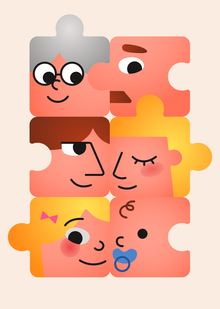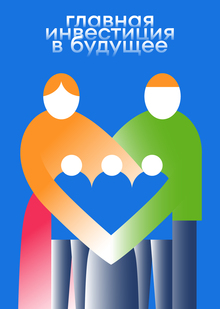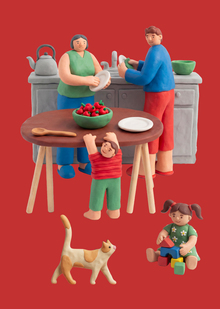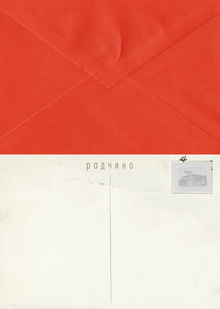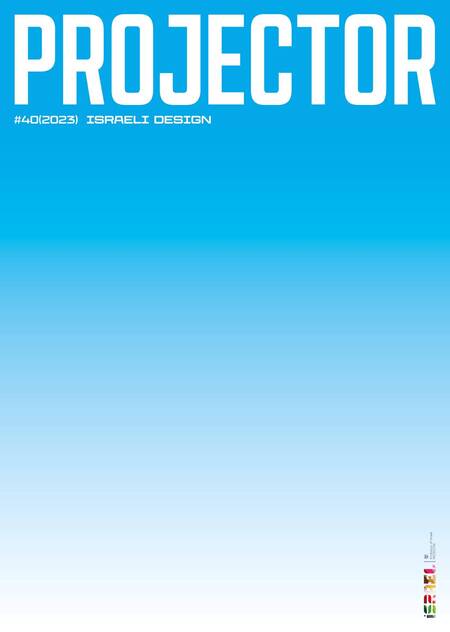
Projector magazine. Issue #40
The story of this issue began with a peaceful international poster campaign ISRAEL—75, initiated by Serge Serov, the president of the Golden Bee international poster biennale. I’d participated in ISRAEL—70 poster initiative five years before, and so did I this year. The initiative aimed to celebrate the anniversary of the State of Israel, and collect graphic expressions of love and devotion from designers from all over the world. The project involved 16 countries: Belarus, Hungary, Hong Kong, Greece, Israel, Italy, China, Mexico, Poland, Russia, Slovakia, USA, Taiwan, Czech Republic, Uruguay, Japan.
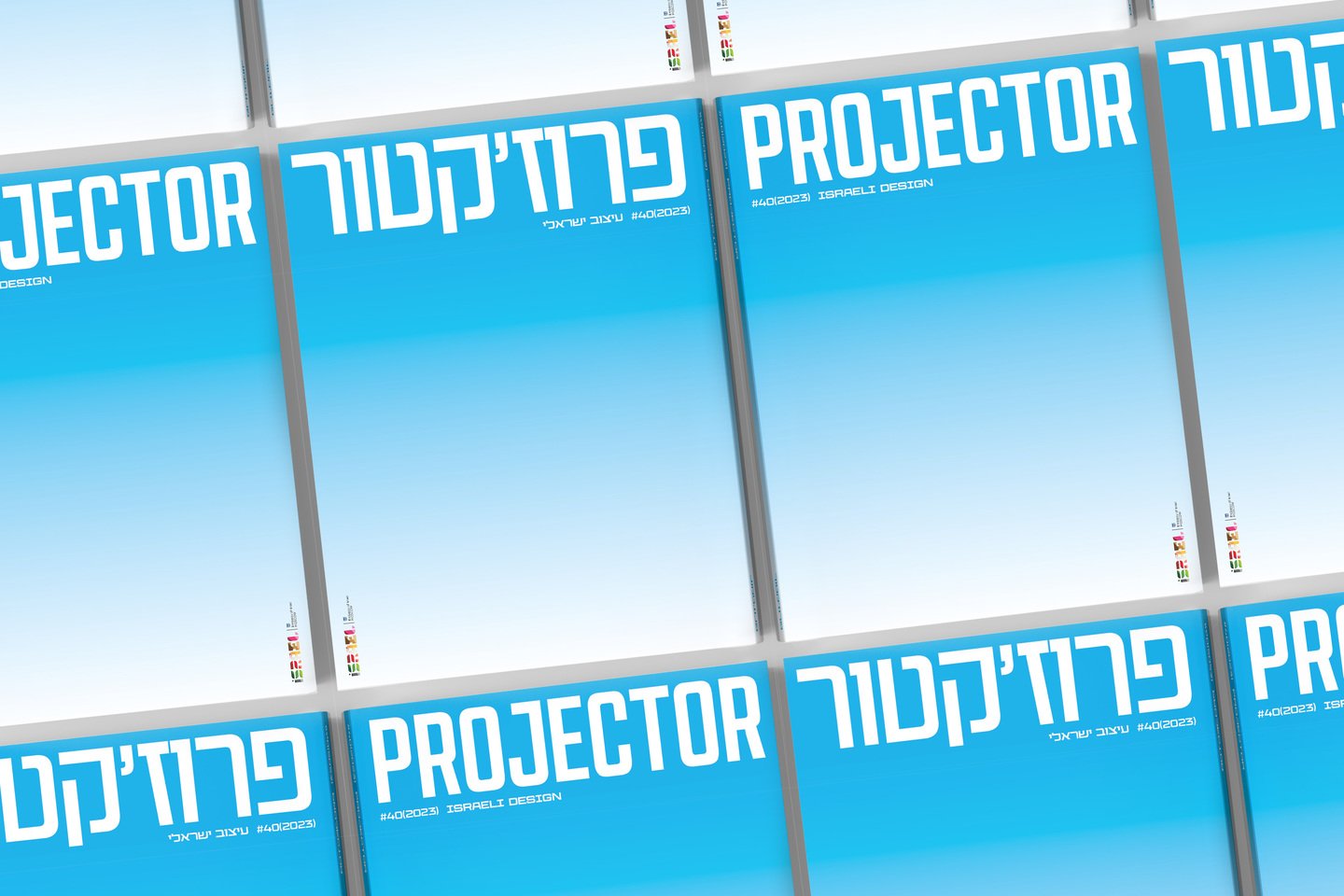
Later on, I came up with an idea to pay my own tribute of respect and love to Israel with a special issue of the magazine dedicated to the country’s graphic design scene. It was intended tobecome a warm and peaceful sign of unity with the colleagues from Israel. Neither could I imagine the tragedy of 7 October, nor having to complete the work in the world changed and polarized by it. I could not imagine that the work on the publications would turn into the statement of support and the declaration of my civil position.
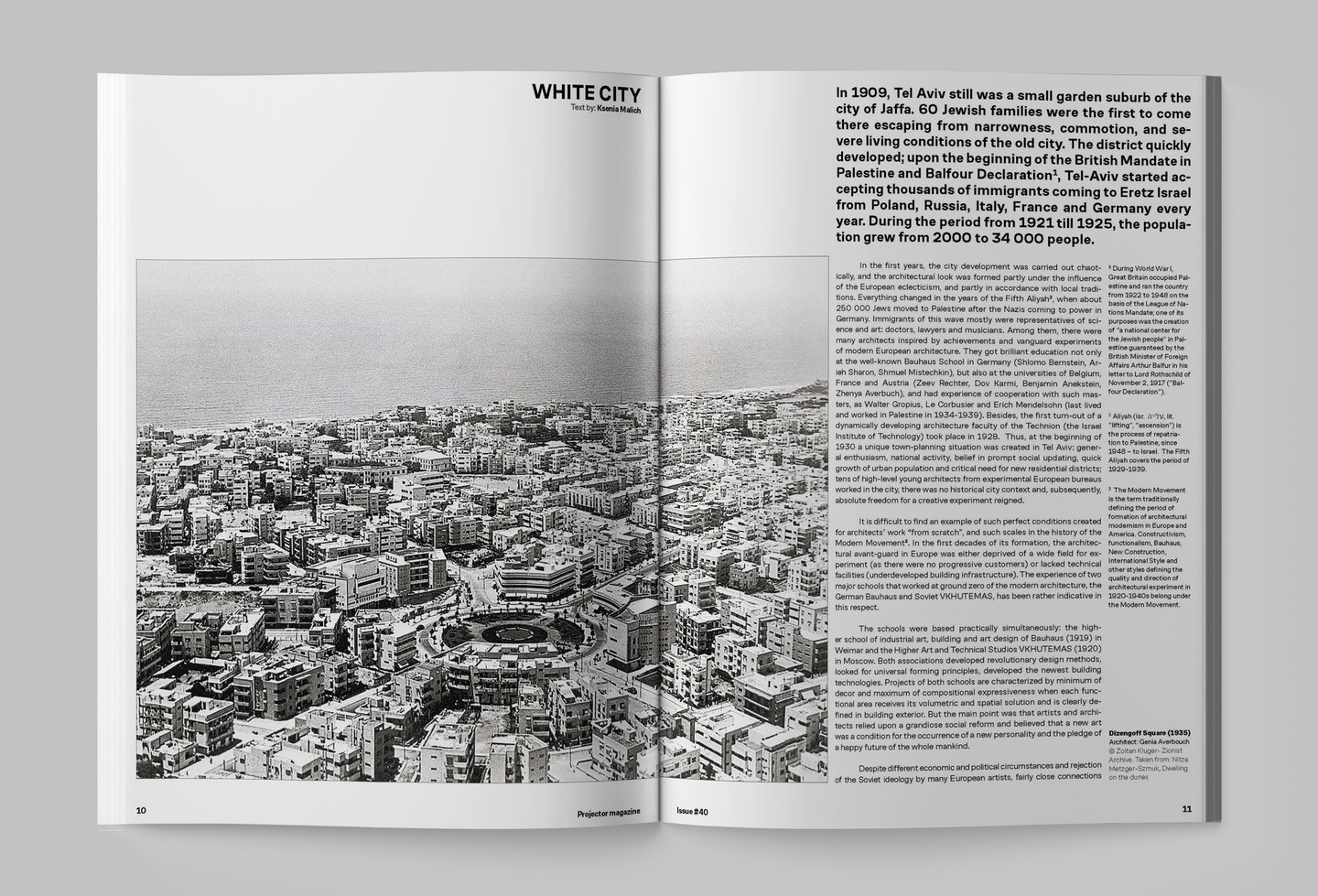
It is difficult to find an example of such perfect conditions created for architects’ work «from scratch», and such scales in the history of the Modern Movement. In the first decades of its formation, the architectural avant-guard in Europe was either deprived of a wide field for experiment (as there were no progressive customers) or lacked technical facilities (underdeveloped building infrastructure). The experience of two major schools that worked at ground zero of the modern architecture, the German Bauhaus and Soviet VKHUTEMAS, has been rather indicative in this respect.
Golden Bee 15 organized a new poster project — Israel 75. It was attended by eminent and young designers from different countries. They created 75 posters in honor of the 75th anniversary of the State of Israel. With their bright, creative works, the designers welcome and congratulate this unique state with its biblical history and wish it peace, goodness, security and prosperity.
Publishing an artistic portrait of Dan Reisinger, the Graphis magazine, New York, wrote: «Reisinger and his country flourish through the vibration of the creative spirit, when ingenuity becomes a condition and means of survival. Those coming to Israel from all over the world make their contributions to the culture of the country, add new words to the spoken language. Similarly, Dan Reisinger contributed his joy of pure forms and bright, open color to the visual language of Israel».
Neil Cohen: «The first and foremost one would be: don’t be fearful of design and don’t be afraid to fail — I can see some people take it too seriously, while fear prevents them from making something that really impacts. Cherish your passion and motivation. It doesn’t have to be political, inspiring you to change something if you are not that kind of person. However, finding your inner voice, which does not hit on the first search, is critical. Keep experimenting. when Making money (surely I remember we all have to pay bills), always remember to design for pleasure and out of curiosity. Enrich your practice by whatever you learn in life».
Sonya Korshenboym: «Develop mindful observation skills and use them in any experience you go through — awesome ideas and solutions may come from an unexpected side. Find your special niche but never stop experimenting and learning. Question things, decisions, opinions. Learn how to take a rest».
Dar Laor: «Defining contemporary Israeli design is a much more important question to me. I cannot answer it now, but think I could name some of its features. Israeli graphic design is stipulated by the way we see the sun touches the scenery, our climate, everything is really faded. There are cheap materials and elementary colors. Also, it’s a mixed culture, so there is always a melting pot of references».
«We first published an interview with Oded a decade ago, back in 2013. Then we met in Moscow during the Typomania festival, where his exhibition was being displayed. In this publication we pay tribute to some already „classical“ works of Oded Ezer. And I’m proud to present his works in an issue entirely dedicated to the Israeli design scene. It’s impossible to imagine contemporary design of Israel without his impact and influence», — says Mitya Kharshak
Maria & Ilya Kaner: 1. Experiment with all sorts of tools and media 2. Carve out time for personal projects 3. Talk to people 4. Embrace the power of social media 5. Don’t be afraid of anything
From an interview with Ariel Kotzer: «There are wonderful people. There is Yanek Iontef. Speaking from the professional side, just like Reisinger, he’s another person who came here in his early teens, and brought freshness and professionalism to Hebrew typography. Thank God for Yanek! He’s a great and really humble guy, and you know what? It came across me when I became a creative director: the less good a designer is, the more pompous they are, and the more professional they are, the more humble they are».
Matan Iontef: «I think I am basically a very emotional person, but when it particularly comes to design, there is something much more mathematical in me, I really like to find a „concept“ and then adapt the design to it. When I collaborate with clients, I approach it as providing a „service“. I highly value and respect the client’s perspective, even if it significantly differs from my own. On the other hand, when it comes to my personal projects, I tend to adopt a more „artistic“ approach».
Ariel Kotzer: «After years of being in this profession, starting with graphic design and advertising, then moving into digital, I eventually realized my job is really about getting information across in a clear, accessible and entertaining way. This is what is nowadays called storytelling, but I tend to veer away from fashionable words which will change into something else in a couple of years. The Information part is what needs to be conveyed. The delight, or emotional part, which may be funny or fear-inspiring, is the way you make people pay attention to the information you give, so that you can get it across quickly and clearly and memorably».
Milya Ptitsyna: «I find it crucial to be very much into what you are doing. From my perspective, passion and desire for a result are the springboard to success. It really helps to ask myself what exactly I’d like to do and where I want to end up. Moreover, when feeling blue, it’s essential to remind yourself from time to time why you are doing design — don’t forget self-motivation!»
Mariia Pavlova: «Currently, I would opt for merging into local culture. I have already done something for it: for six months, I worked for an Israeli company and got the understanding of how business is run in this country. I would now like to go on with another Israeli company, but this time in a different field and in cooperation with little local brands».
